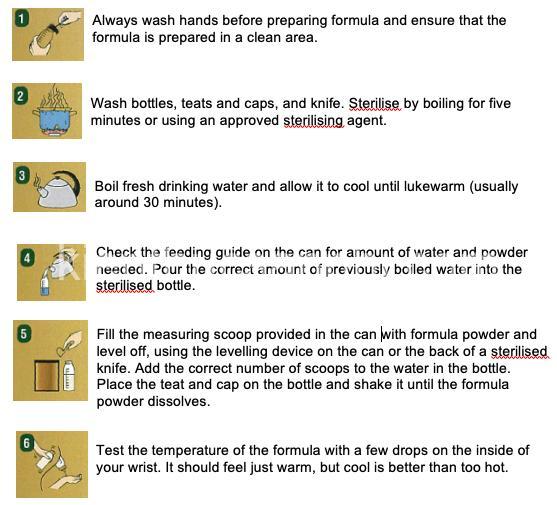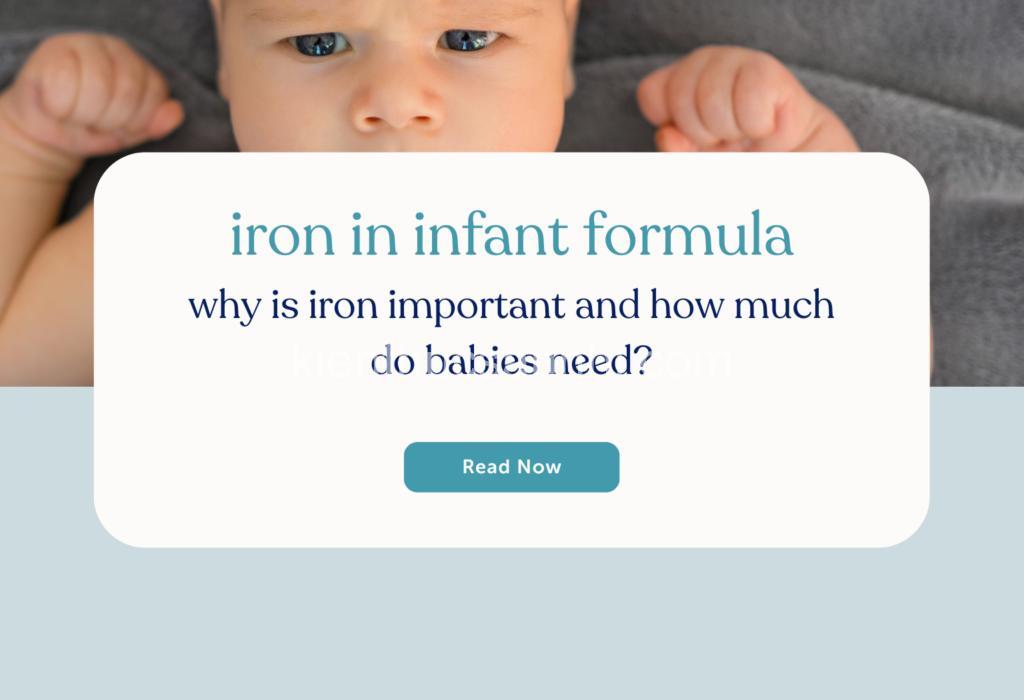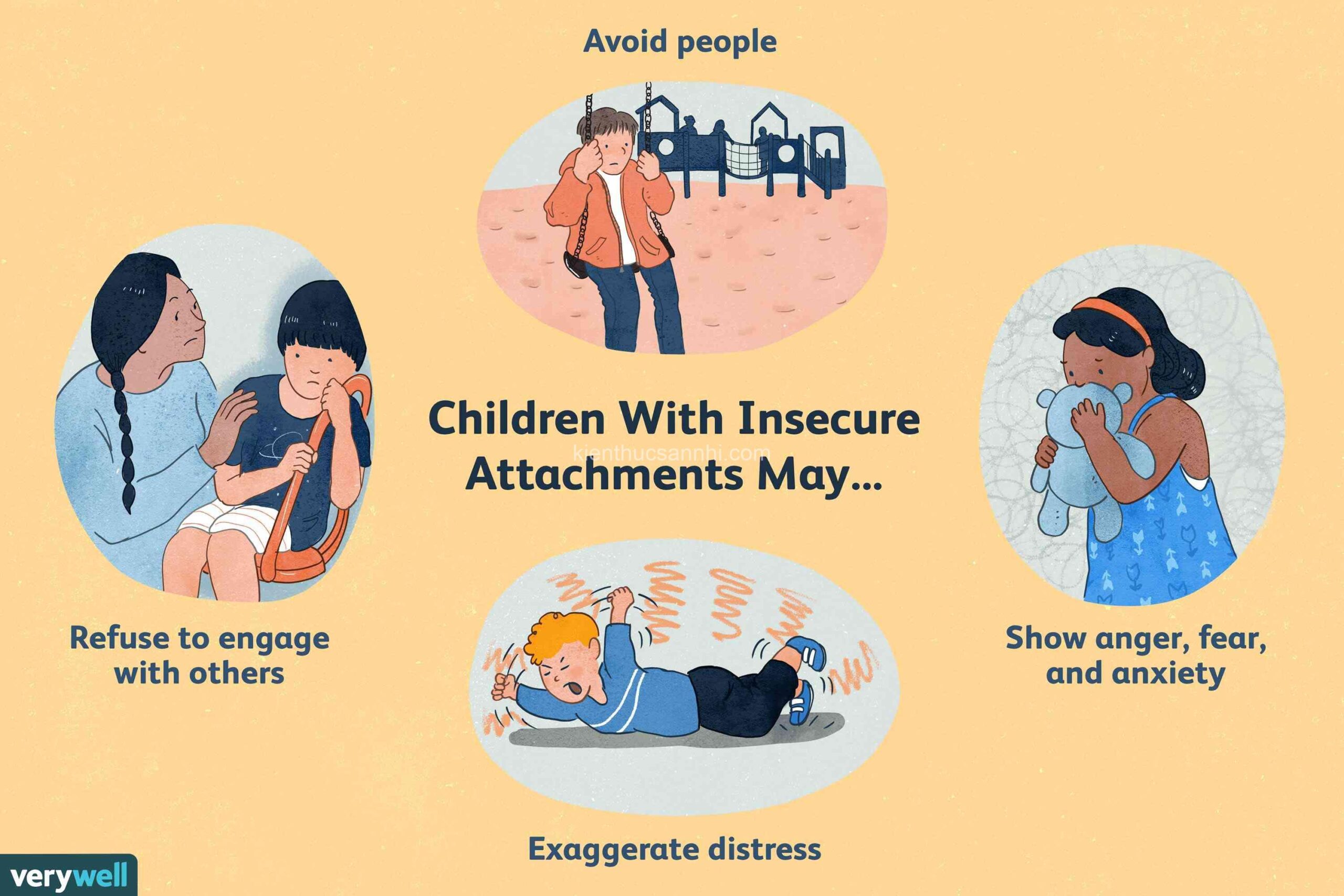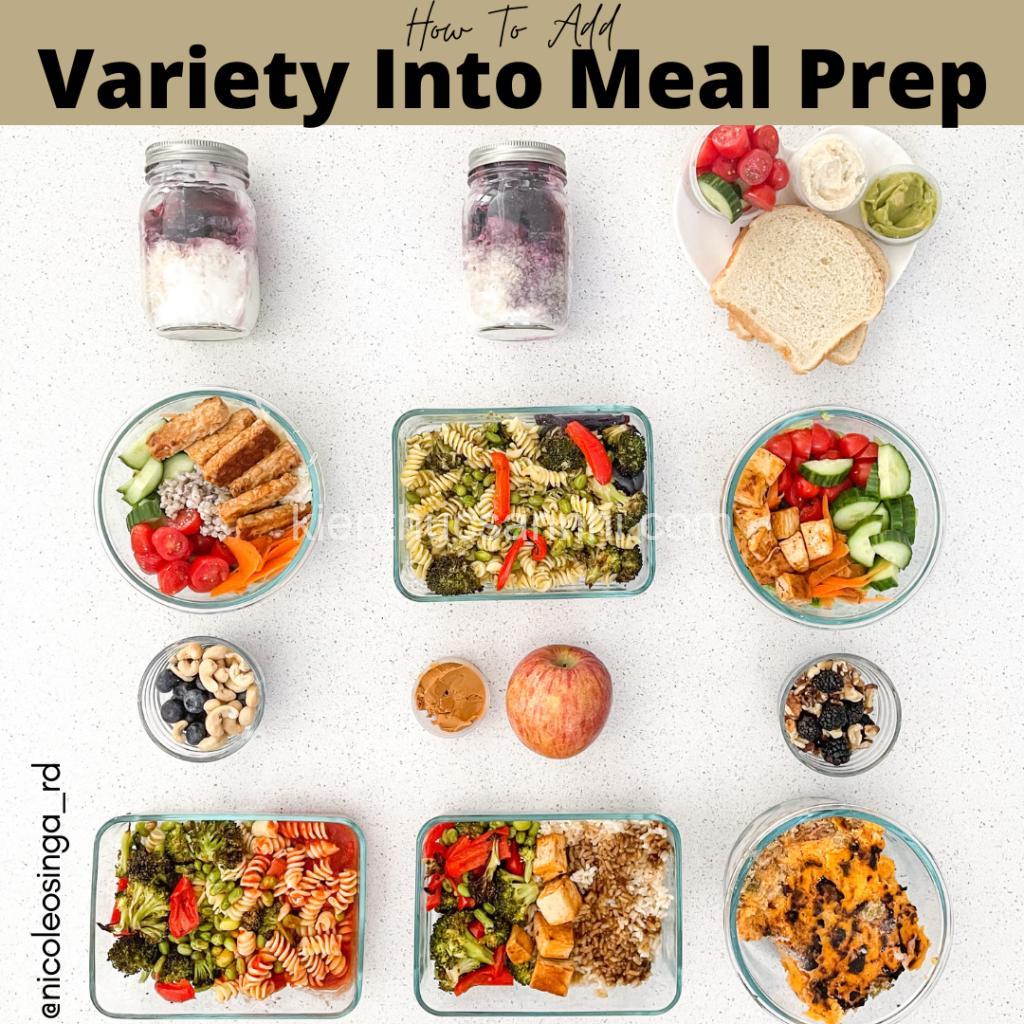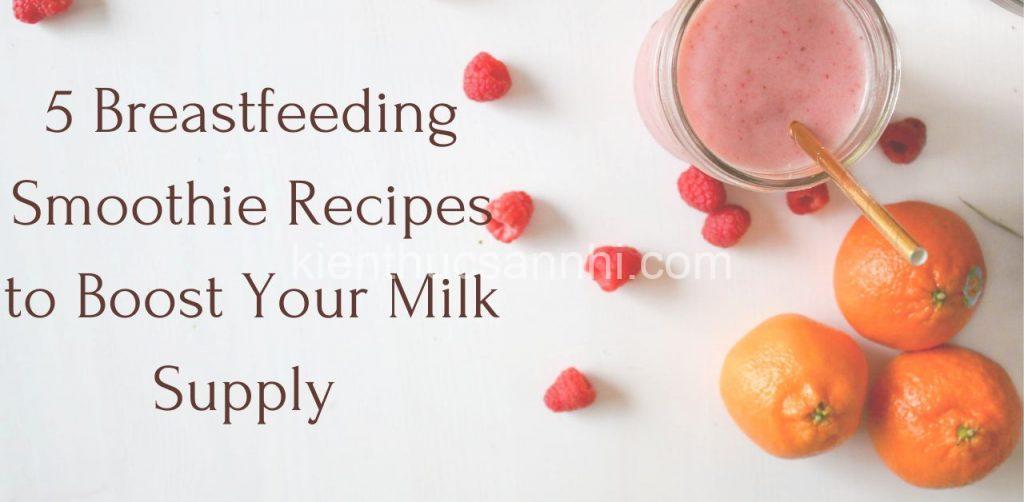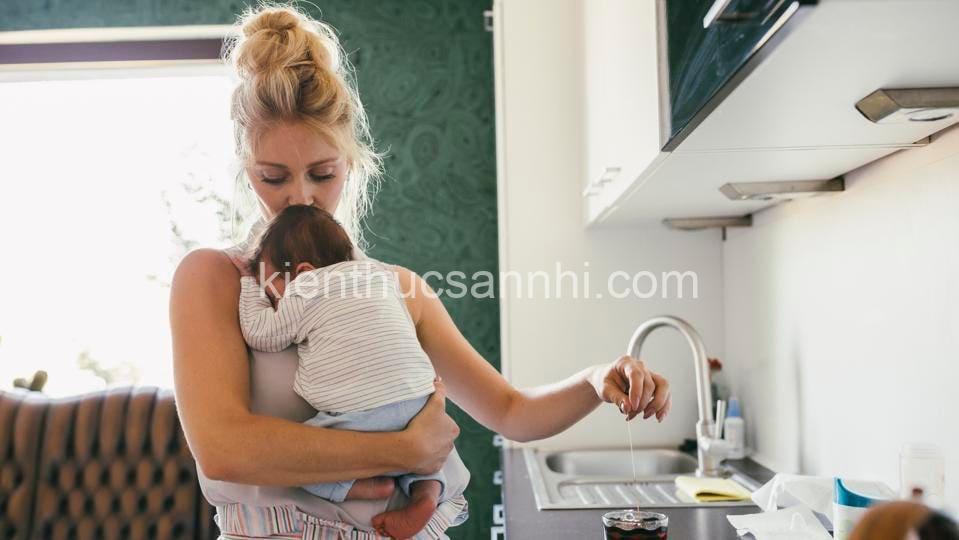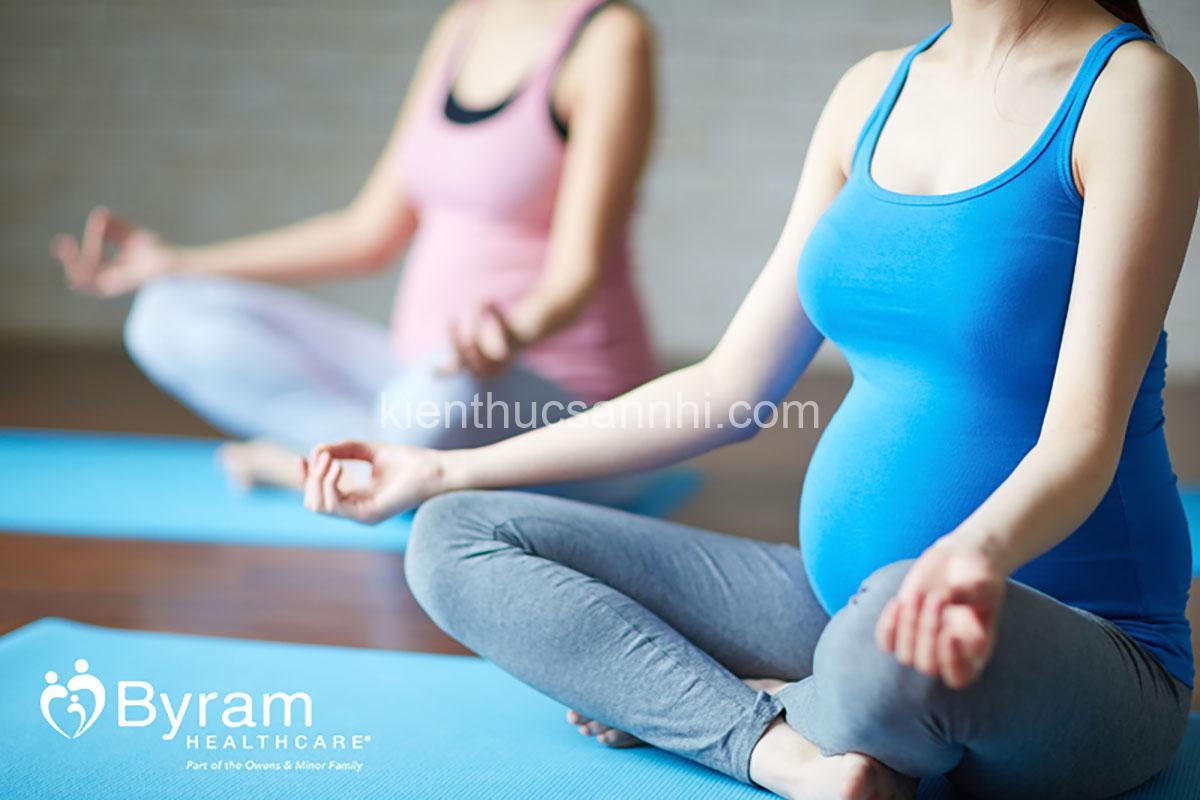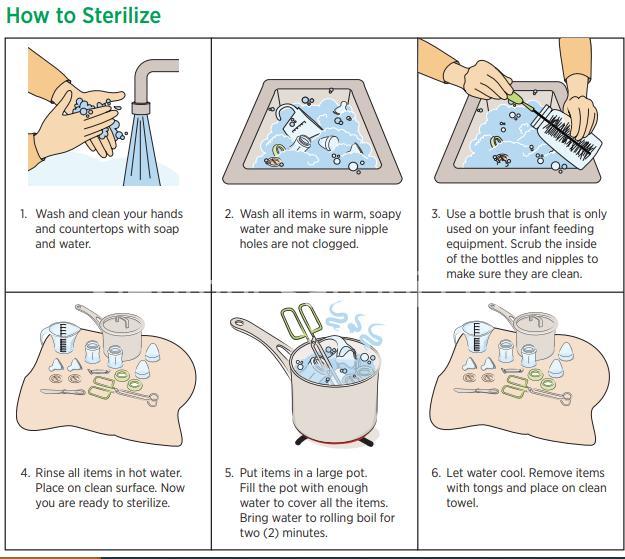
Clean & Sterilize Baby Bottles: A Complete Guide for Formula Feeding. In today’s article, kienthucsannhi.com will explore with you in the most detailed and complete way. See now!
The Importance of Cleaning and Sterilizing Bottles
Keeping your baby safe and healthy starts with proper hygiene practices, especially when it comes to feeding. While your baby’s immune system is developing, it’s important to minimize exposure to bacteria and other harmful germs. Failing to clean and sterilize baby bottles properly can lead to bacteria growth and put your little one at risk of illness. This can include diarrhea, vomiting, or even more serious complications.

Cleaning Baby Bottles: A Step-by-Step Guide
Cleaning baby bottles is a crucial part of ensuring your baby’s health. It’s important to wash bottles immediately after use to prevent milk from drying and becoming difficult to remove. Here’s a simple yet effective step-by-step guide to help you:
Washing with Soap and Water:
- Use a bottle brush: Invest in a good-quality bottle brush with a long handle to reach the bottom and all corners of the bottle.
- Choose a mild dish soap: Look for a dish soap specifically designed for baby bottles or one that’s gentle on delicate skin.
- Wash thoroughly: Use warm, soapy water and the bottle brush to scrub the inside and outside of the bottle, removing any milk residue.
- Rinse thoroughly: It’s essential to rinse the bottle thoroughly with clean water to remove all traces of soap.
Using a Dishwasher:
- Top rack and high heat: If you use a dishwasher, always place the bottles on the top rack and use the highest heat setting to ensure proper cleaning.
- Dishwasher-safe bottle brush: You can also use a dishwasher-safe bottle brush for a more thorough cleaning.
- Dishwasher detergent: Be sure to use dishwasher detergent that’s safe for baby bottles, as some may contain harsh chemicals that can irritate your baby.
Cleaning Nipples and Pacifiers:
- Use a nipple brush: Use a specialized nipple brush with a narrow head to clean the inside and outside of the nipple, ensuring there are no milk residues.
- Pacifier sterilizer: If you use pacifiers, consider using a dedicated pacifier sterilizer to clean them effectively.
- Inspect for cracks and holes: Always inspect the nipples for cracks or holes and discard them if necessary.
Drying:
- Air-dry or use a clean towel: After washing, let bottles air-dry on a clean drying rack, or pat them dry with a clean towel.
- No water droplets: Ensure all water droplets are completely removed from the bottle, as they can harbor bacteria.
Sterilization Methods: Choosing the Right One for You
Sterilization is a crucial step to eliminate any lingering bacteria that might remain after cleaning. There are several methods you can use, each with its own advantages and disadvantages. Here are the most common methods:
Boiling:
- Method: Fill a large pot with enough water to cover the bottles and other feeding accessories. Bring the water to a boil and then simmer for 5 minutes.
- Advantages: Boiling is a simple and effective method that doesn’t require any special equipment.
- Disadvantages: Boiling can take some time and can damage certain types of bottles, such as those made of plastic.
Steam Sterilization:
- Method: Use a steam sterilizer, following the manufacturer’s instructions. Typically, you’ll fill the unit with water, place the bottles inside, and run the sterilization cycle.
- Advantages: Steam sterilization is convenient, fast, and efficient, and it’s often preferred for sterilizing multiple bottles at once.
- Disadvantages: Requires purchasing a specialized steam sterilizer.
Microwave Sterilization:
- Method: Use a microwave sterilizer, following the manufacturer’s instructions. Typically, you’ll fill the unit with water, place the bottles inside, and run the sterilization cycle in your microwave.
- Advantages: Microwave sterilization is convenient and fast, and it doesn’t require any boiling.
- Disadvantages: Requires purchasing a microwave sterilizer. It’s essential to follow the manufacturer’s instructions carefully, as overheating can melt plastic.
Cold Water Sterilization:
- Method: Use a cold water sterilizer with sterilizing tablets or solution. Follow the manufacturer’s instructions for the proper dilution and soak time.
- Advantages: Cold water sterilization is convenient, portable, and can be done anywhere.
- Disadvantages: Requires purchasing specialized sterilizing tablets or solution. It’s essential to store the solution properly and use it within the recommended timeframe to avoid bacteria growth.
How Often Should I Sterilize?
The frequency of sterilization depends on your baby’s age and health. Here’s a general guideline:
- First 3 months: Sterilize all bottles and feeding equipment after each use.
- After 3 months: You can reduce the frequency of sterilization, but it’s still important to maintain good hygiene practices, especially if your baby has a weakened immune system or is prone to illness.
Storage and Reheating: Keeping Clean and Safe
Once you’ve cleaned and sterilized your baby bottles, it’s important to store them properly and reheat the formula safely.
Storage:
- Clean and dry environment: Store your sterilized bottles in a clean, dry environment until you’re ready to use them.
- Airtight containers: Consider using airtight containers to keep the bottles dust-free and protected.
Reheating:
- Microwave, stovetop, or bottle warmer: You can reheat the formula using a microwave, stovetop, or a bottle warmer.
- Temperature check: Always check the temperature of the formula before feeding your baby to avoid burns.
- Avoid direct microwave heating: Never heat the formula directly in the microwave without using a bottle warmer, as this can cause uneven heating and potentially create hot spots.
Choosing the Right Equipment for Your Needs
To effectively clean and sterilize your baby bottles, you’ll need the right equipment. Here are some key items:
- Bottle brushes: These are essential for cleaning the inside and outside of the bottle, ensuring that no milk residue is left behind.
- Nipple brushes: Specialized nipple brushes with a narrow head are designed to clean the inside and outside of the nipple.
- Sterilizers: Choosing the right sterilizer depends on your preferences and needs. Consider the features and capabilities of different types of sterilizers, such as steam, microwave, and cold water sterilizers.
- Bottle warmers: Bottle warmers are useful for safely and quickly reheating formula. Consider factors such as heating time, temperature settings, and ease of use.
Common Questions and Concerns
Here are some frequently asked questions about cleaning and sterilizing baby bottles:
Can I use tap water to sterilize bottles?
While tap water is generally safe for drinking, it’s best to use bottled water for sterilizing bottles, especially in the first few months of your baby’s life. Tap water may contain contaminants that could be harmful to your baby.
How long can I store sterilized bottles?
Sterilized bottles can be stored for up to 24 hours if kept clean and dry. However, it’s always a good idea to sterilize them again before each use if they’ve been stored for more than a few hours.
What if I don’t have access to sterilization equipment?
If you don’t have access to sterilization equipment, you can wash the bottles with hot soapy water and rinse them thoroughly. However, this is not a substitute for sterilization, and you should use this method only when other options are unavailable.
Are there any natural alternatives to sterilization?
While there are some natural methods for cleaning and disinfecting surfaces, they’re not generally recommended for baby bottles. It’s best to stick to proven methods like boiling, steam sterilization, or microwave sterilization.
Conclusion: Maintaining Cleanliness for a Healthy Baby
Cleaning and sterilizing baby bottles is an essential part of ensuring your baby’s health and well-being. By following these guidelines and choosing the right cleaning and sterilization methods, you can help protect your baby from harmful bacteria and ensure a healthy and happy journey into the world. If you have any questions or concerns about cleaning and sterilizing bottles, consult with your pediatrician. Remember, keeping your baby safe is always the top priority.
For more information on raising a healthy and happy baby, visit kienthucsannhi.com and join the conversation by leaving comments, sharing your experiences, and learning from other parents.
